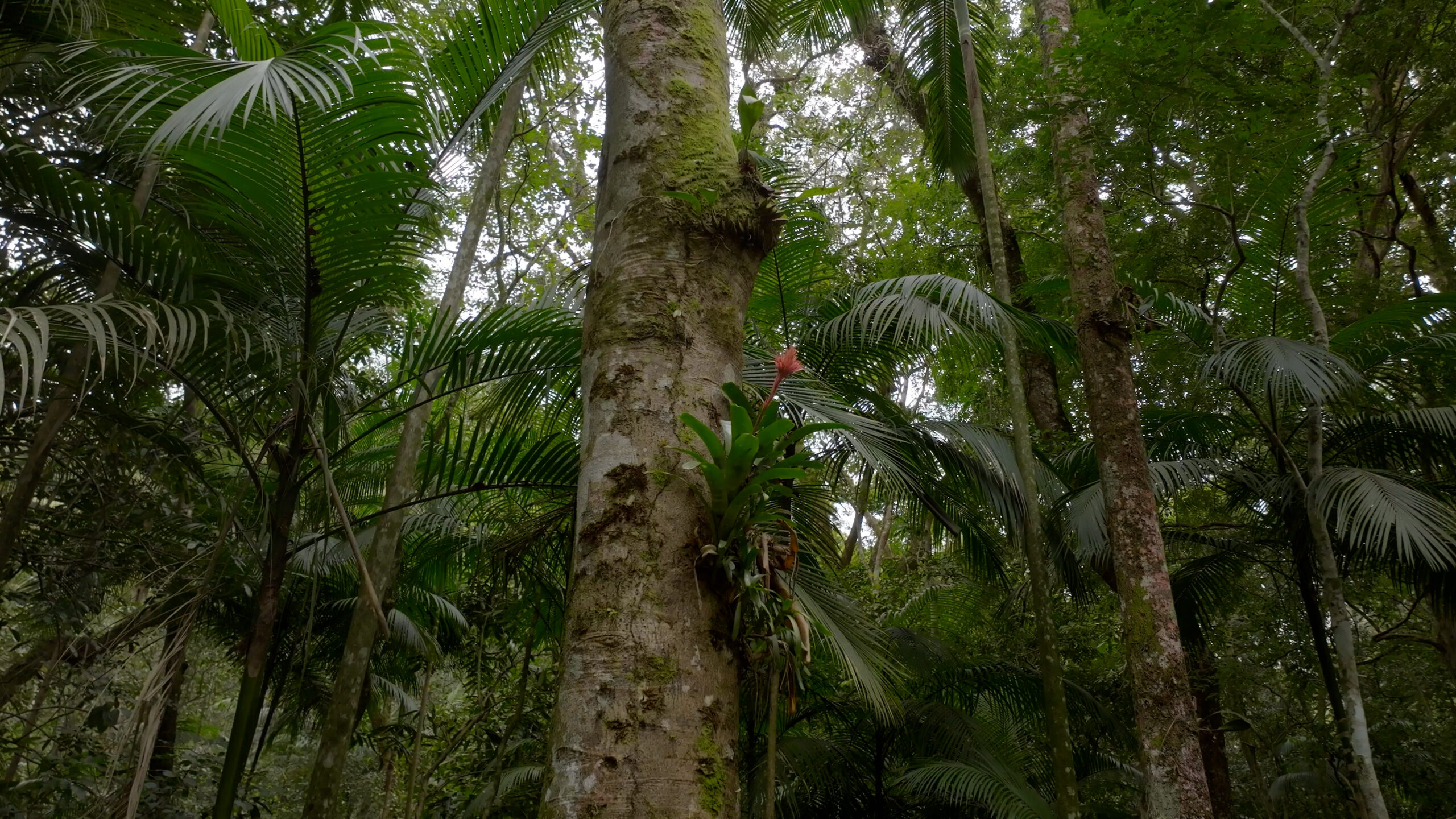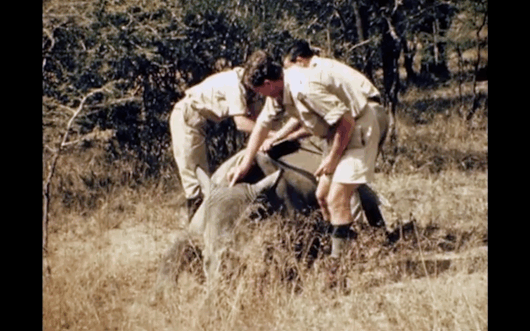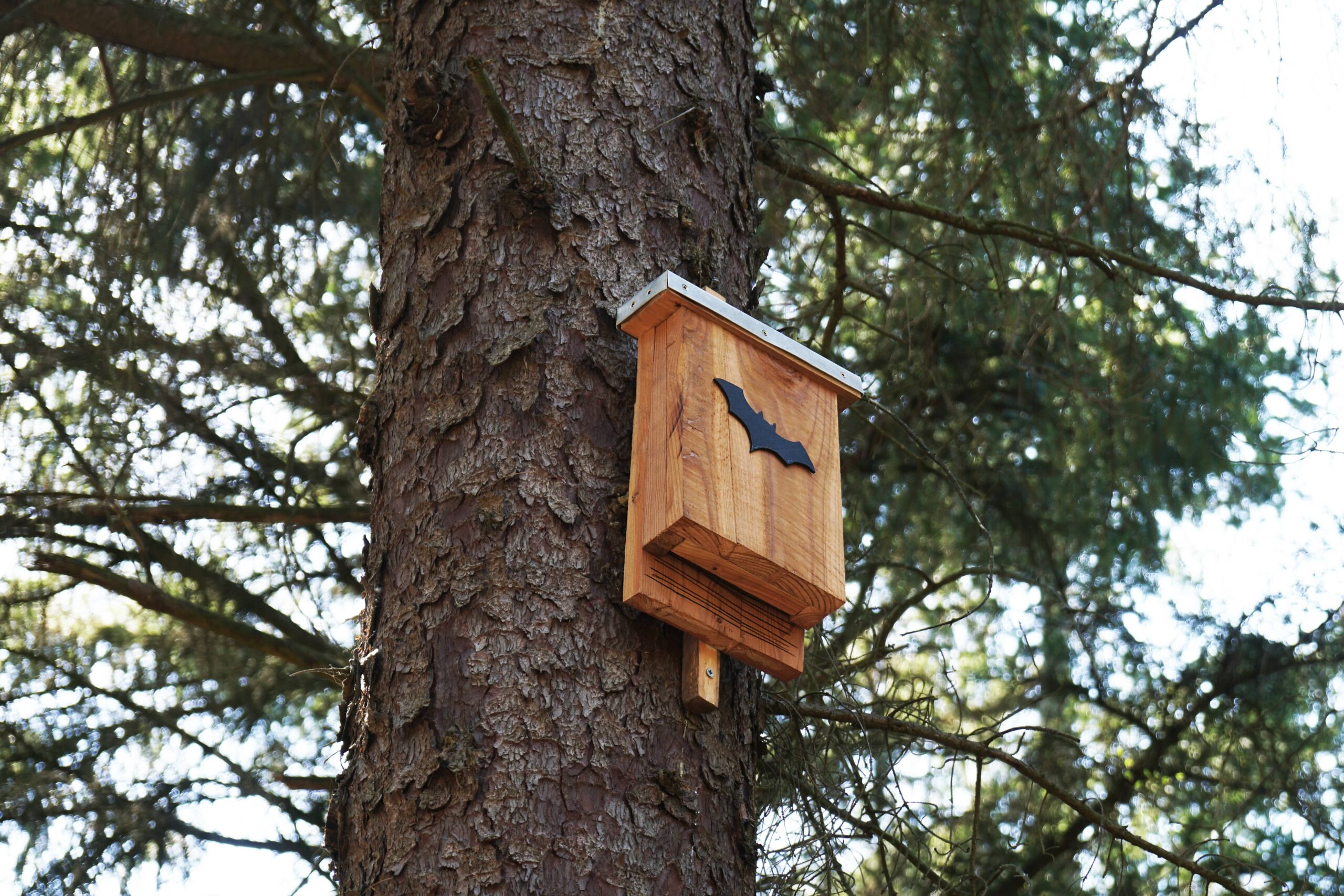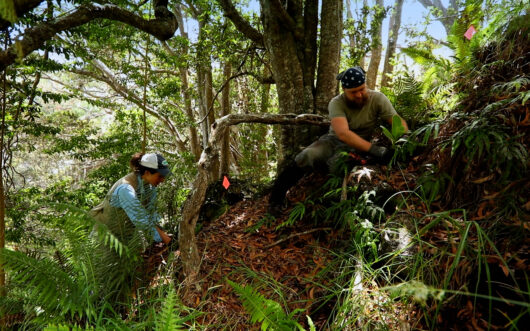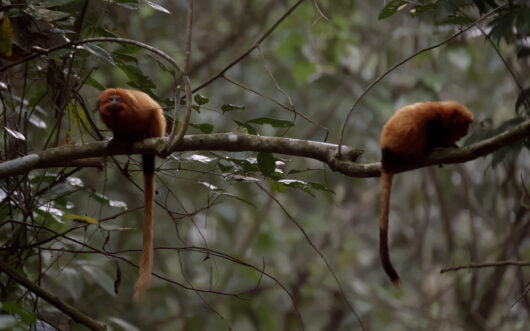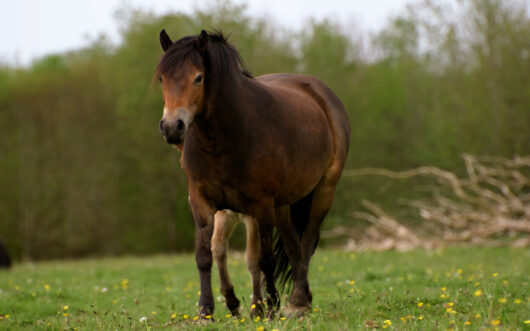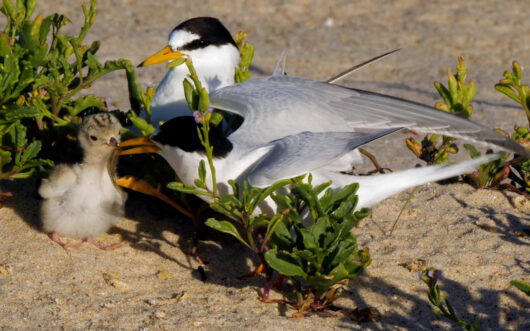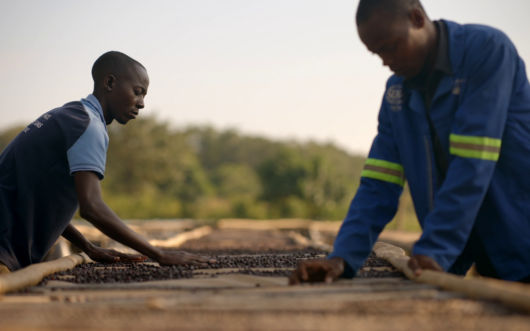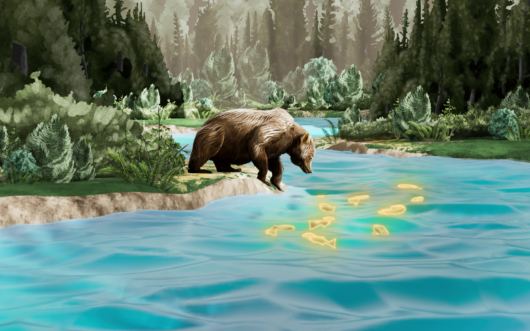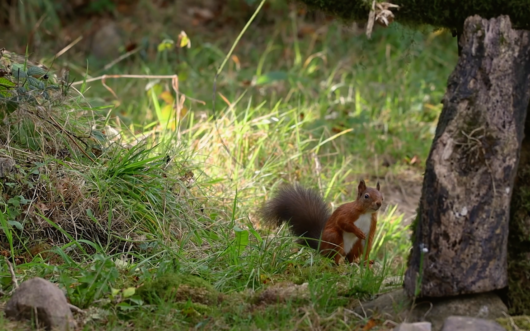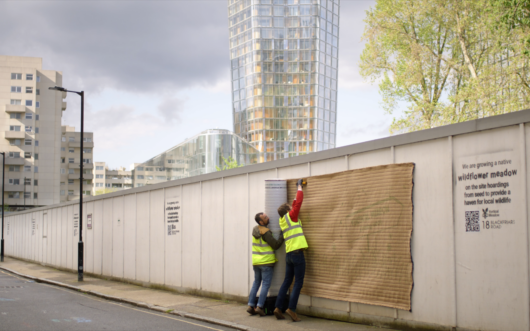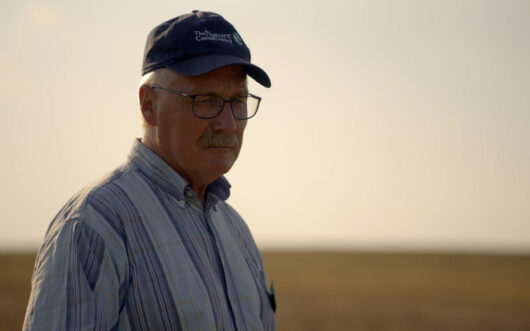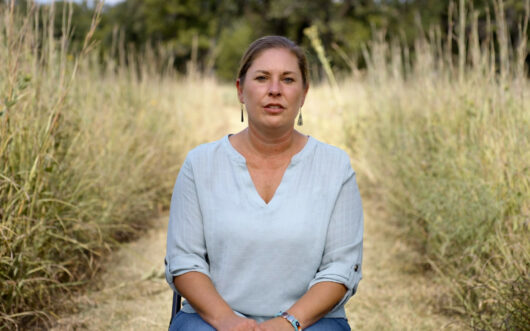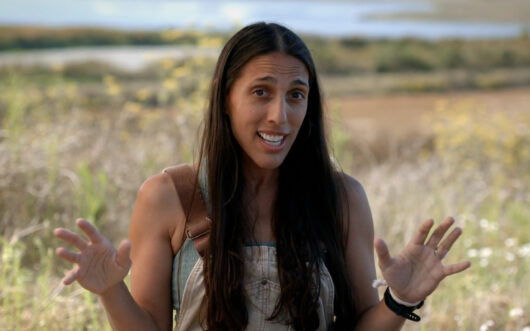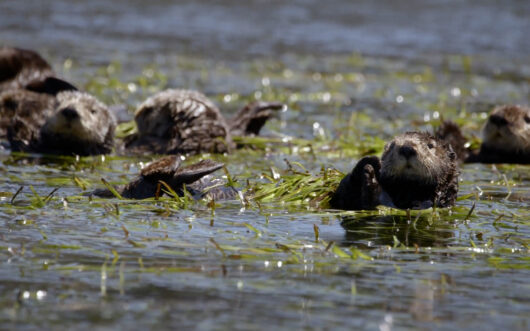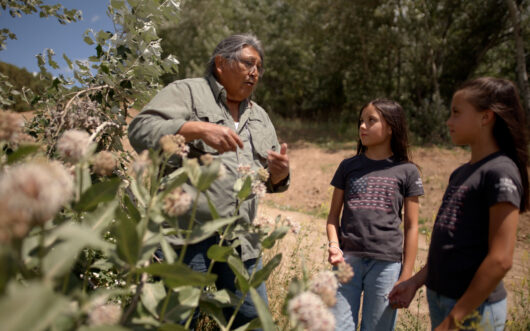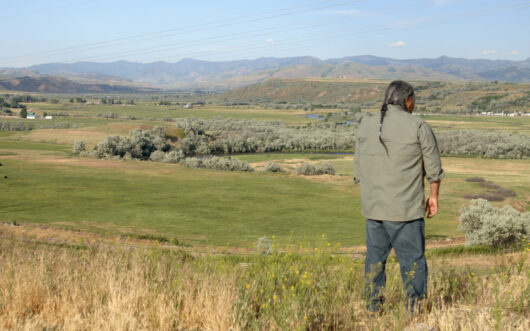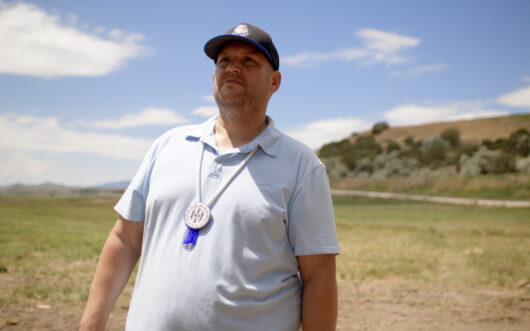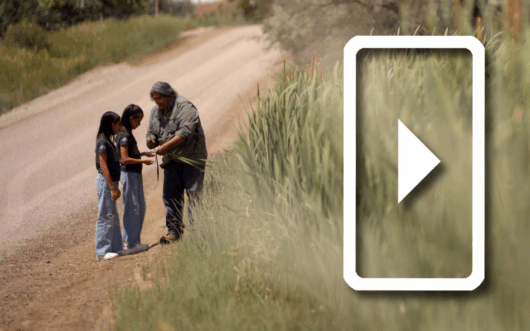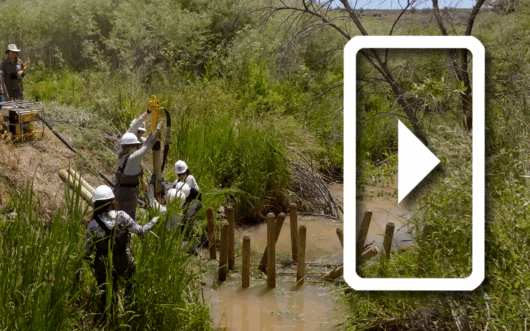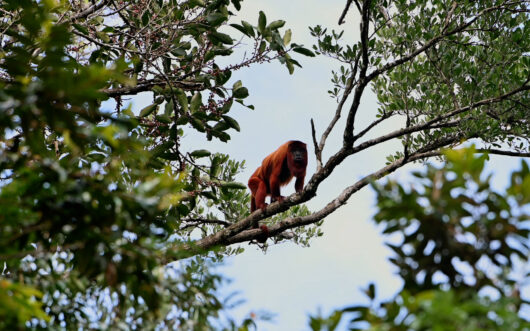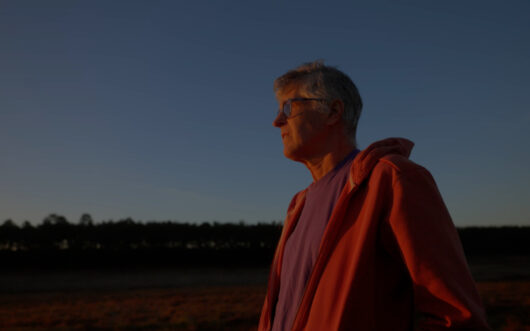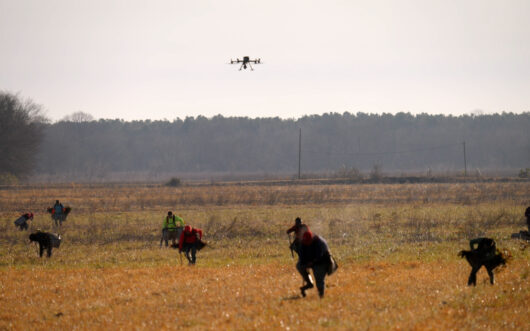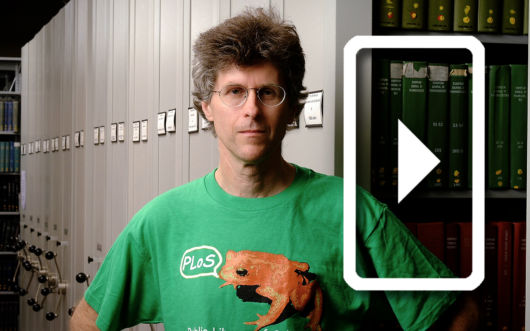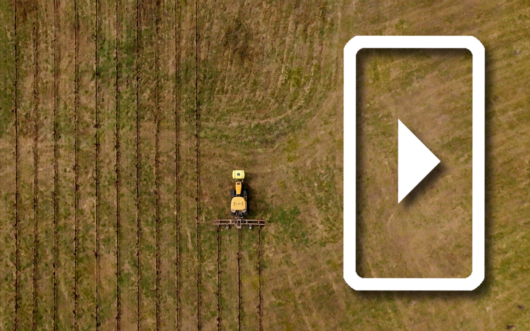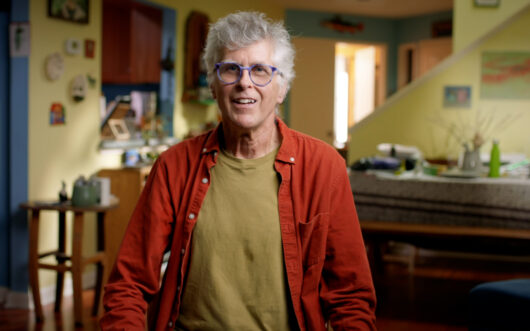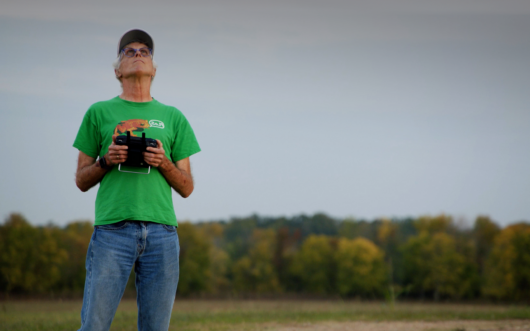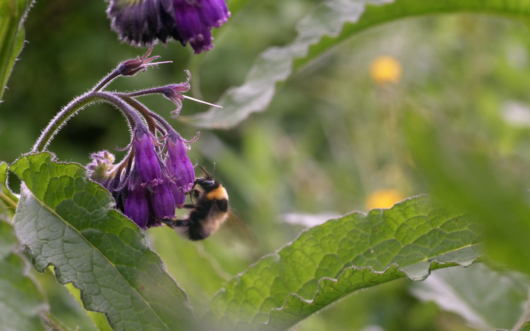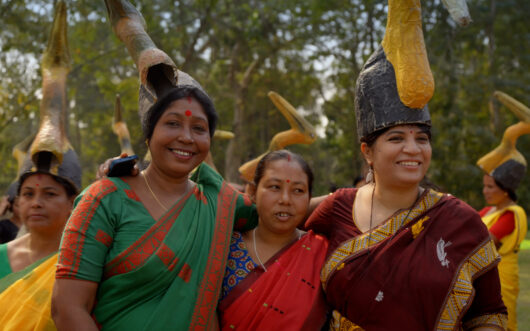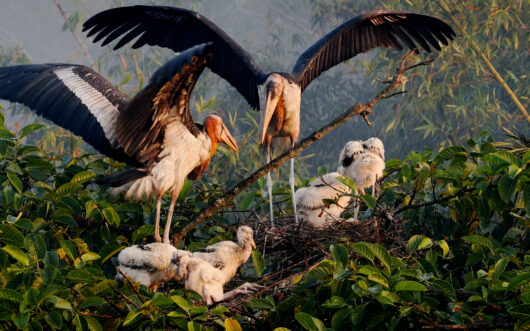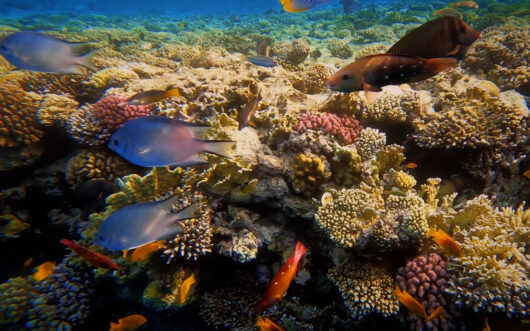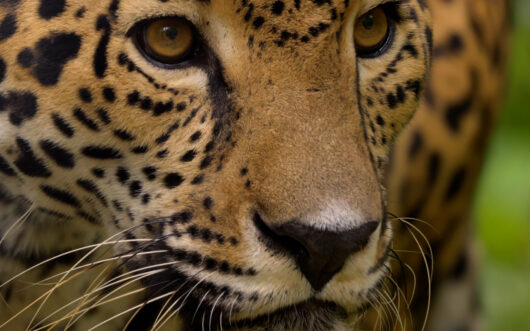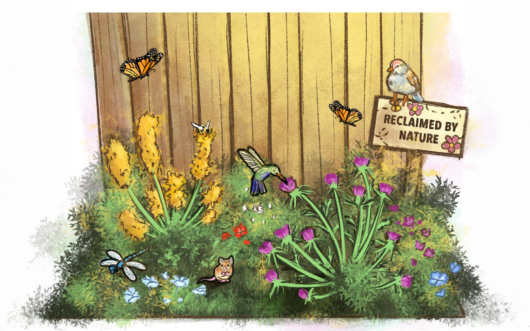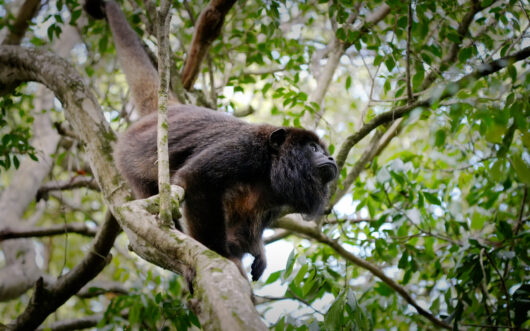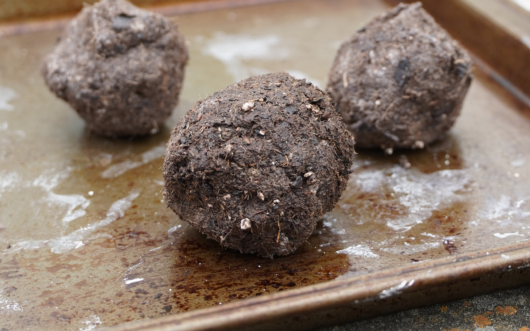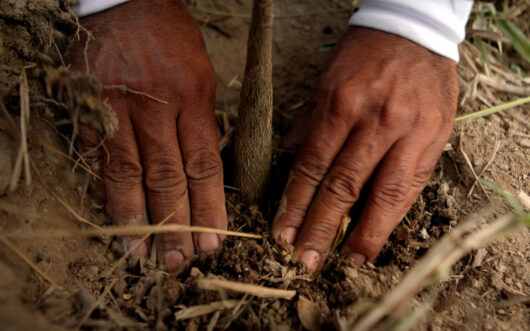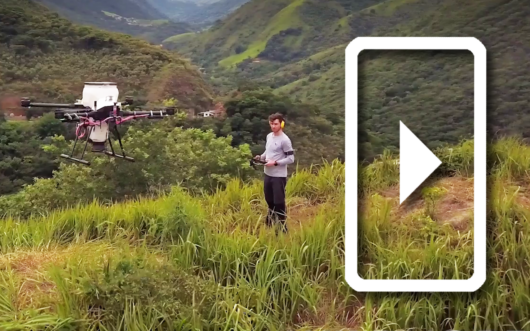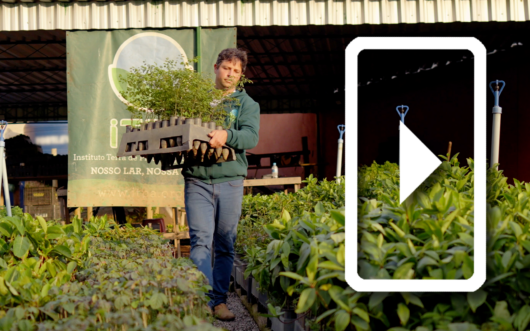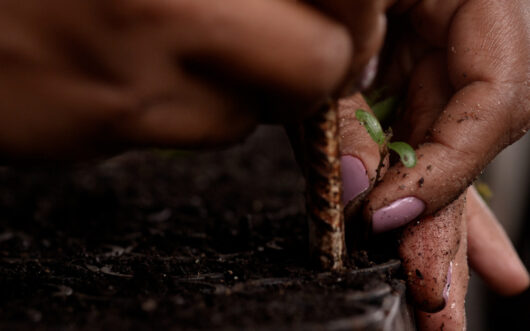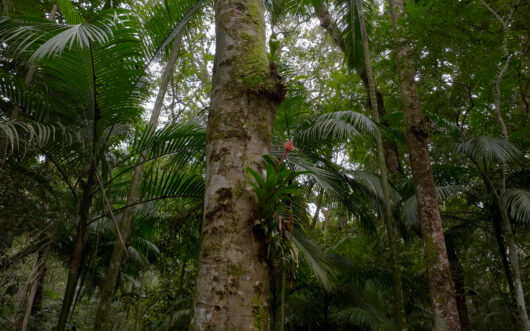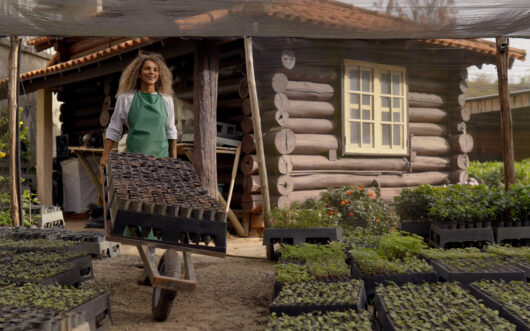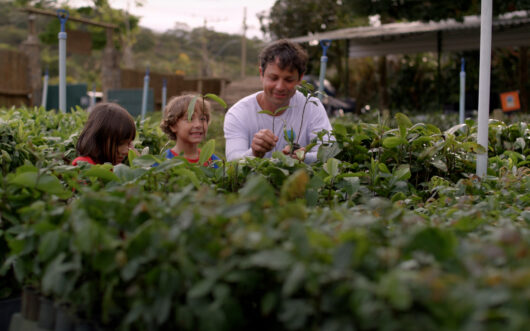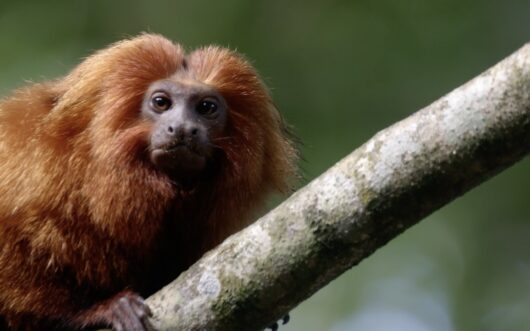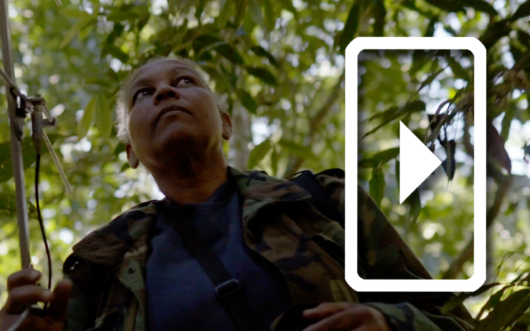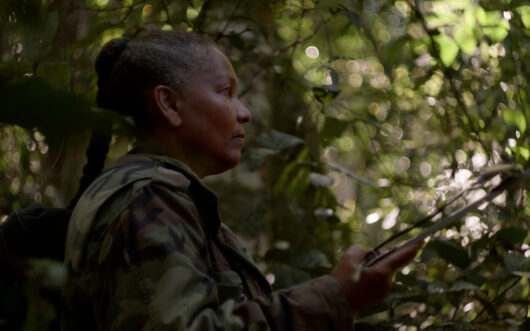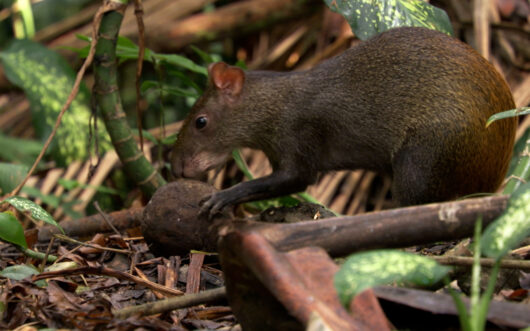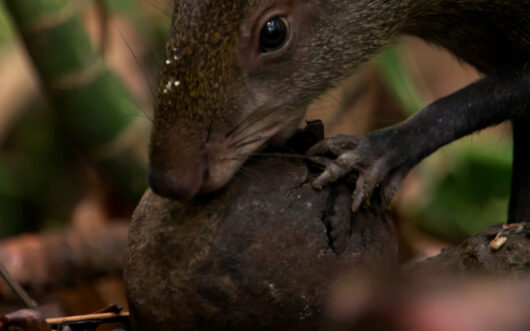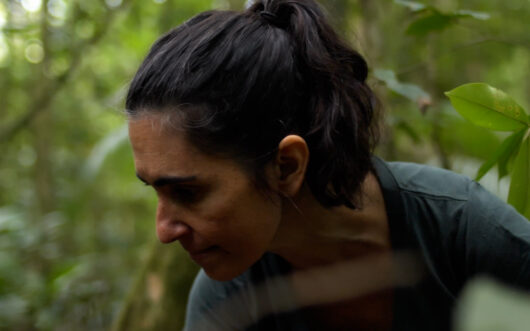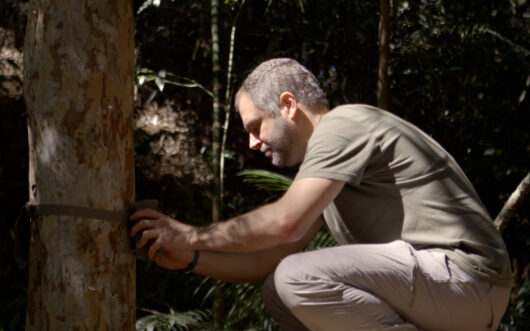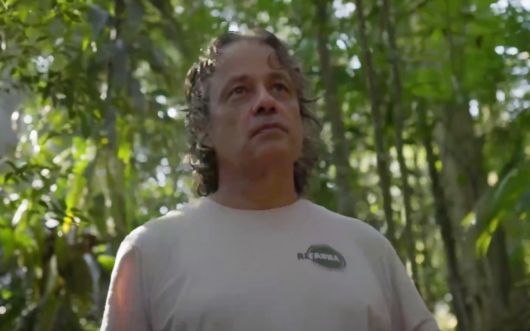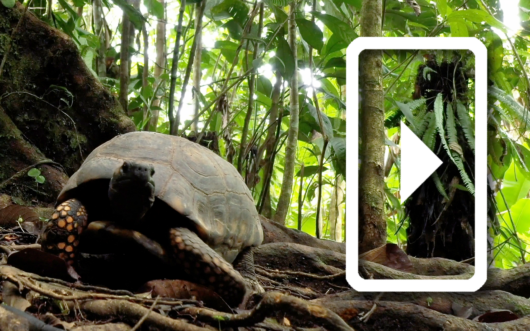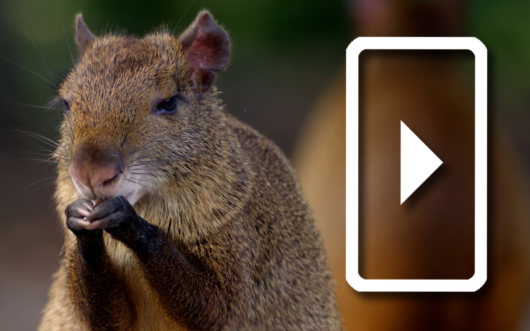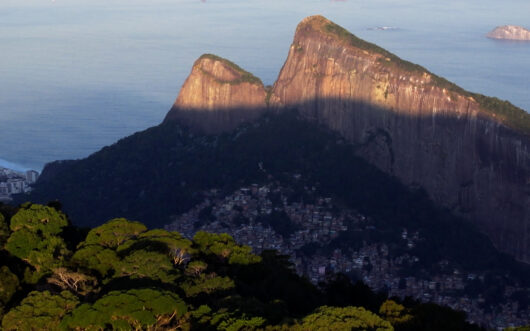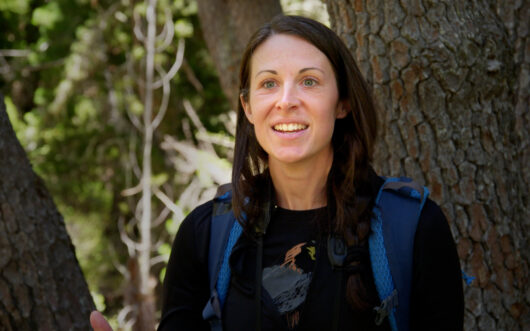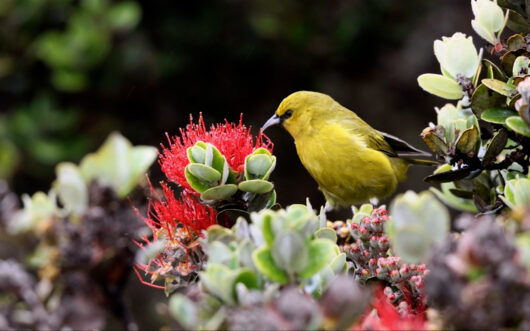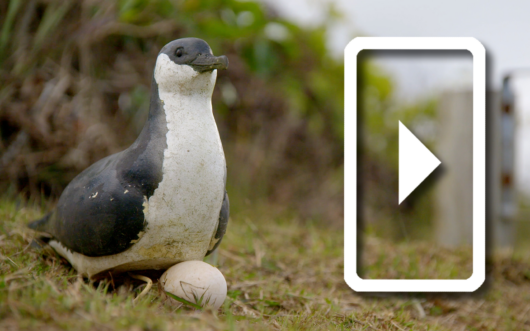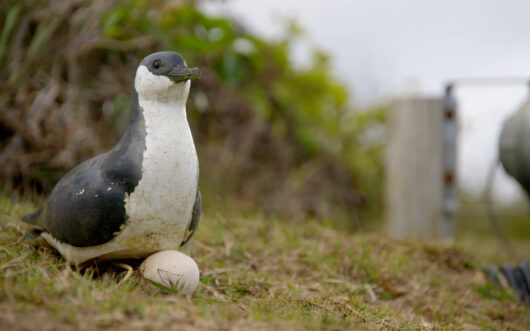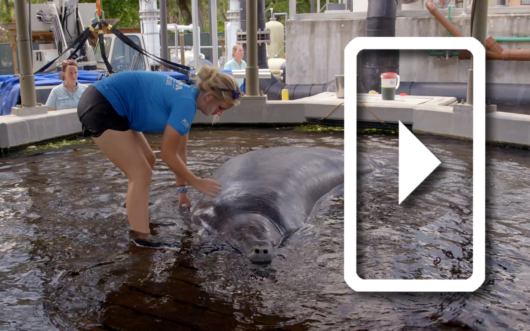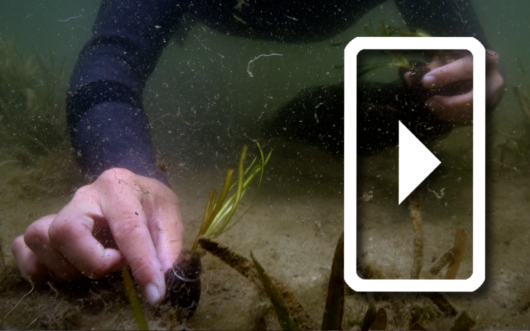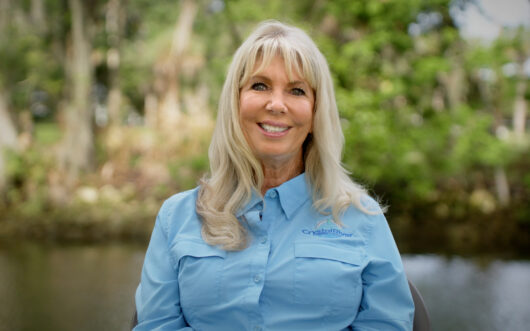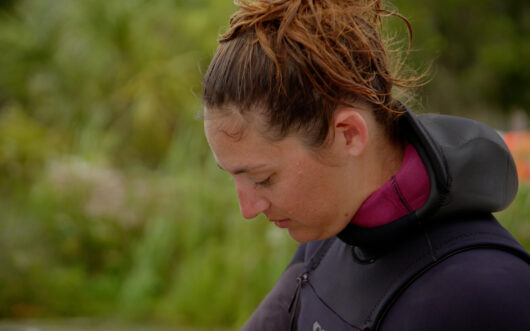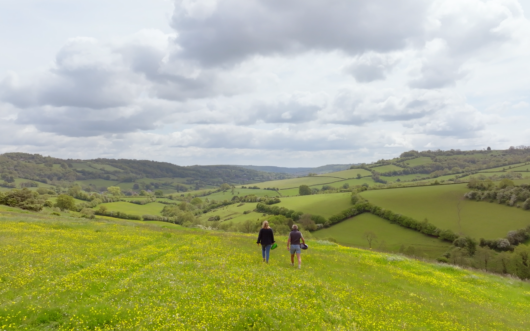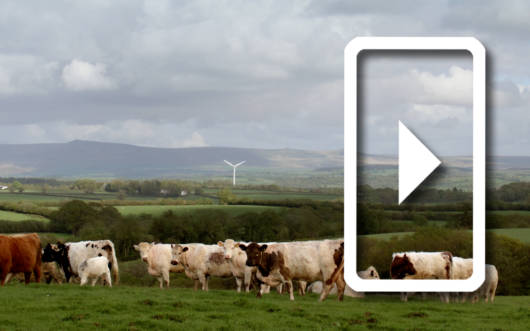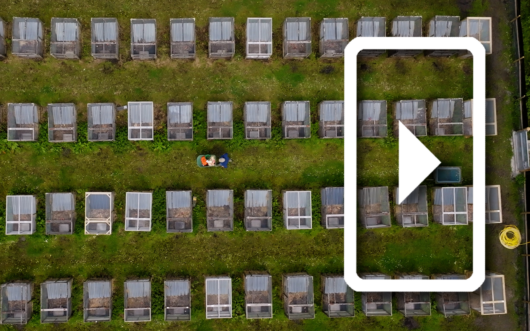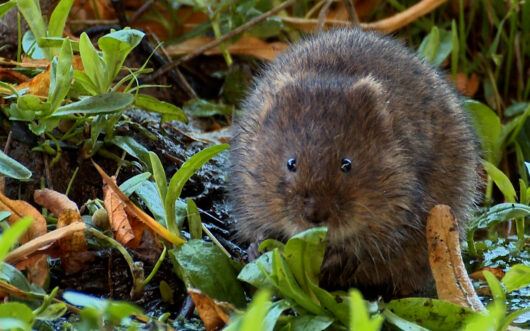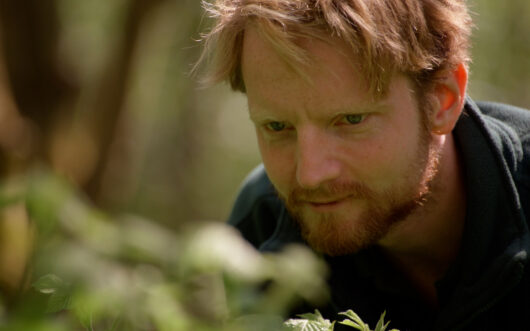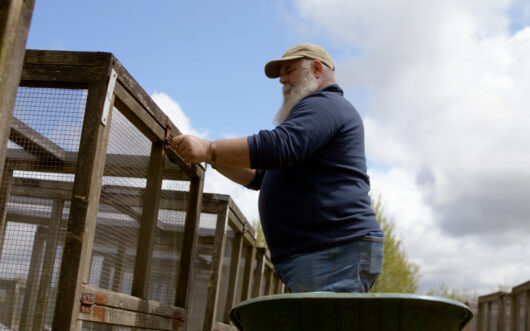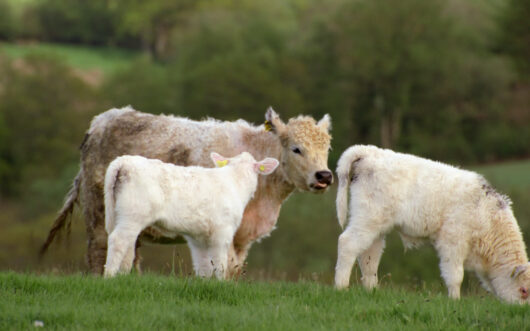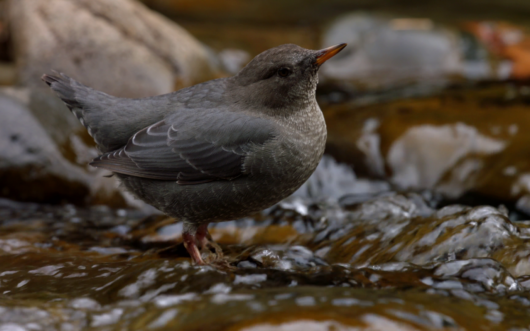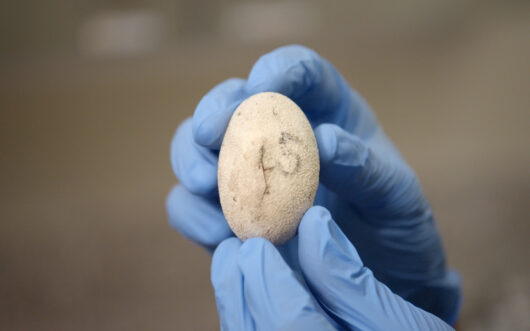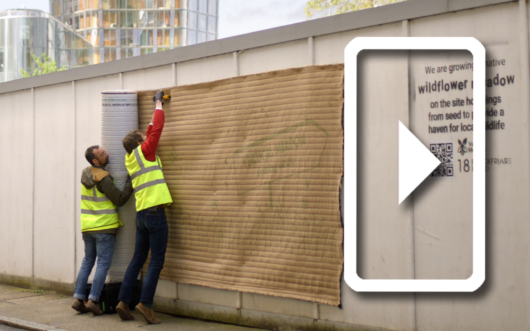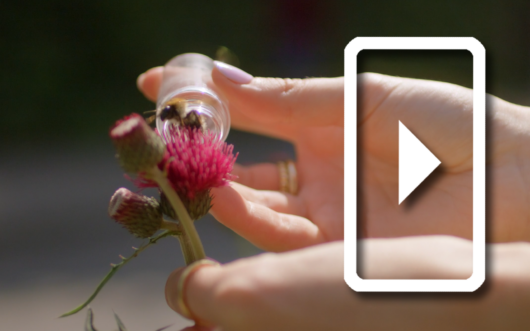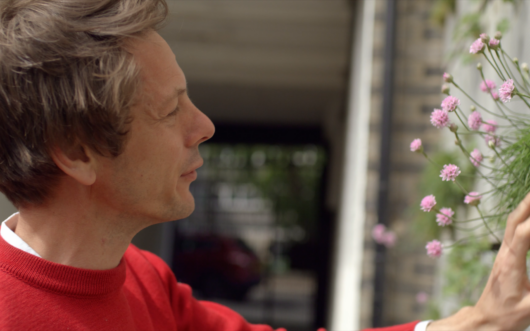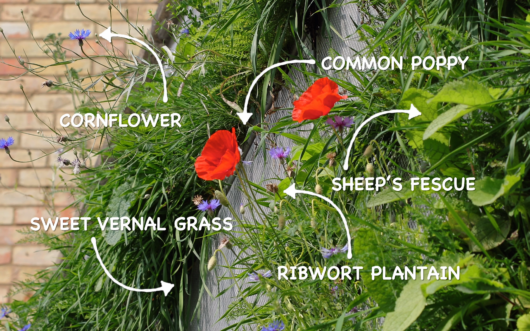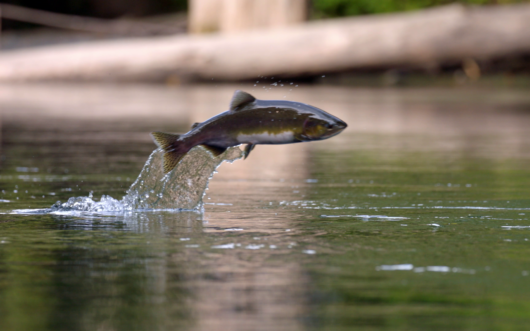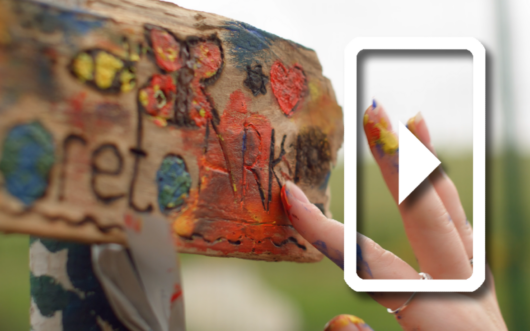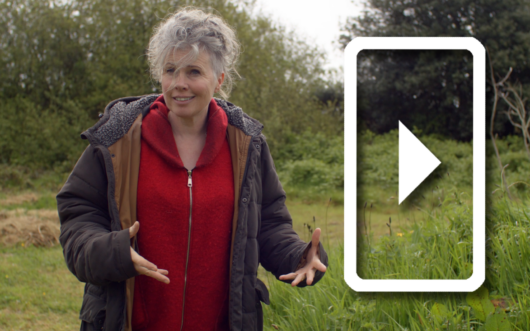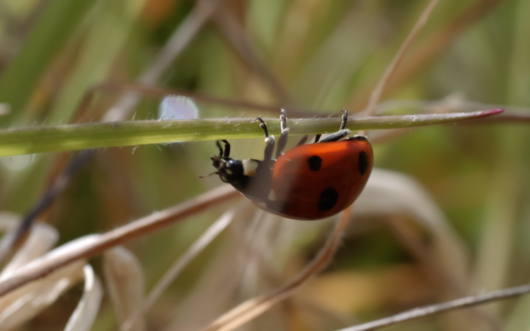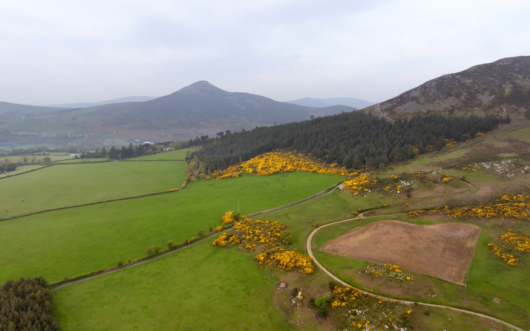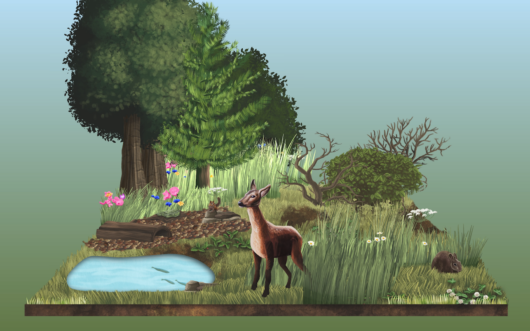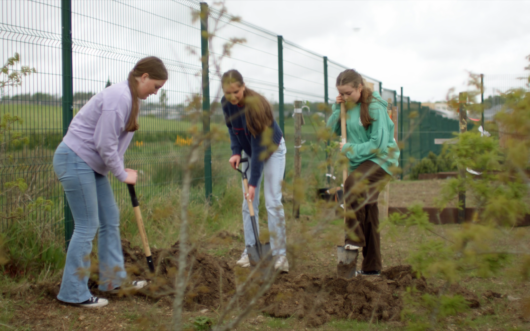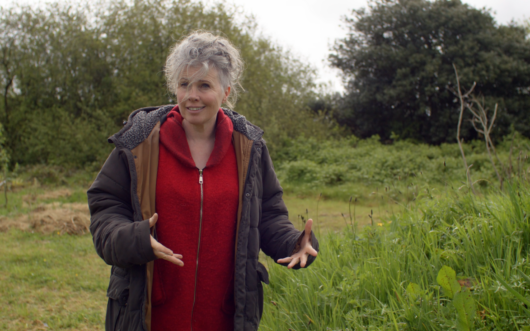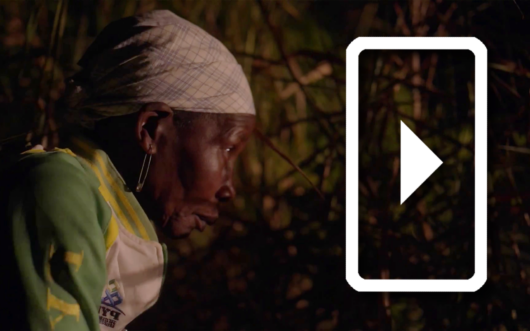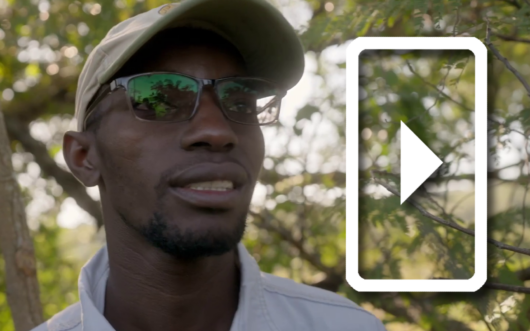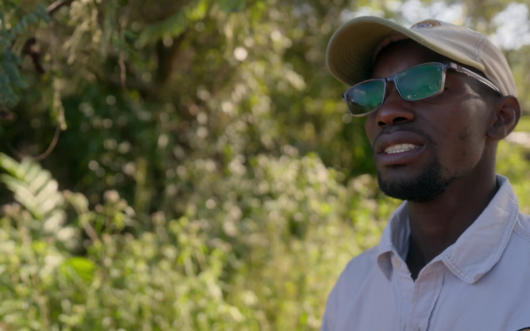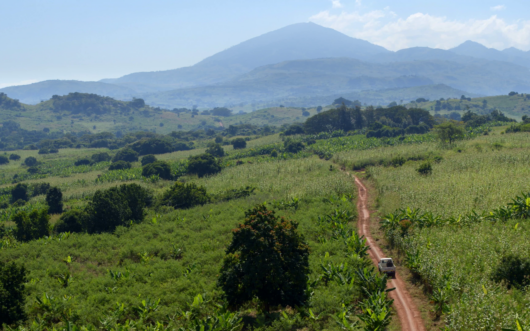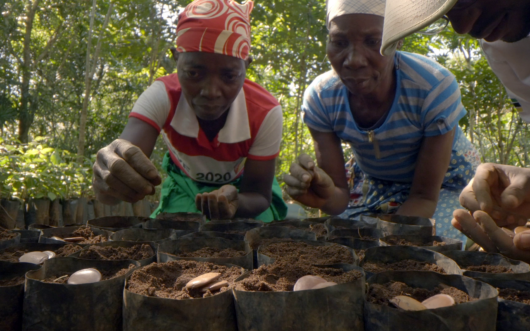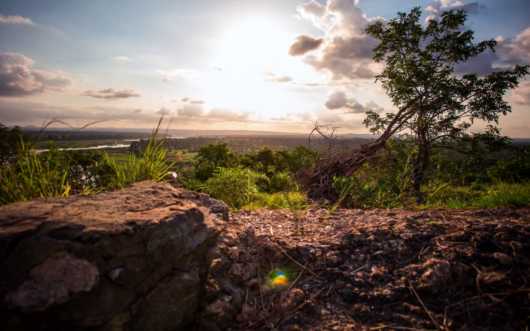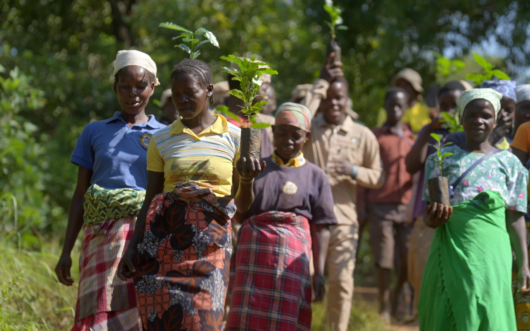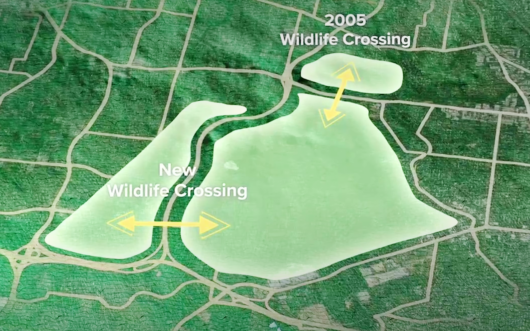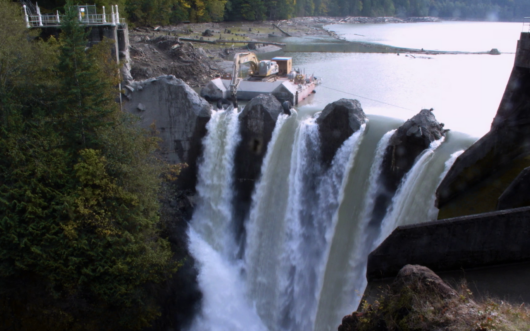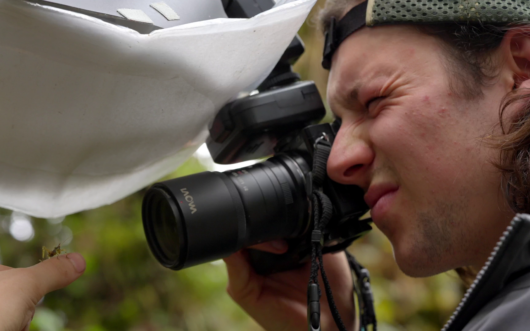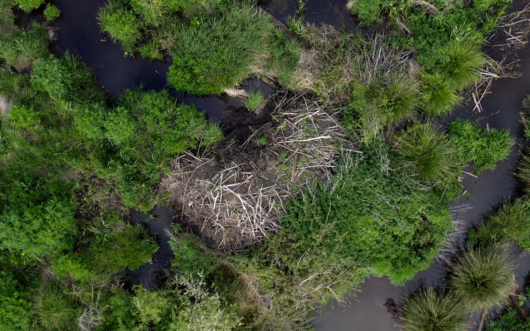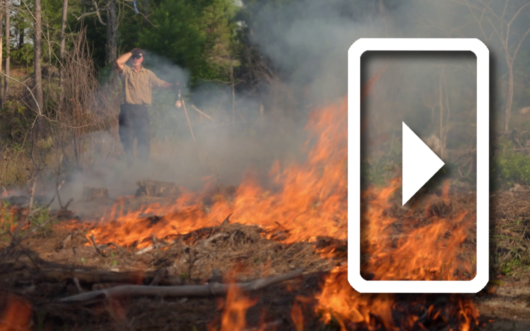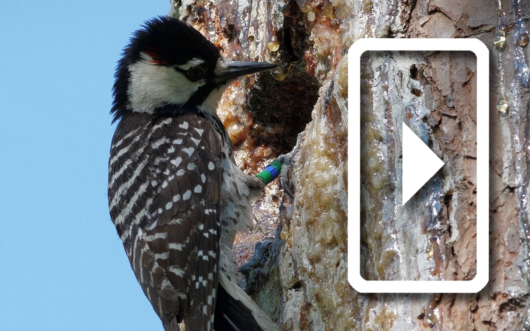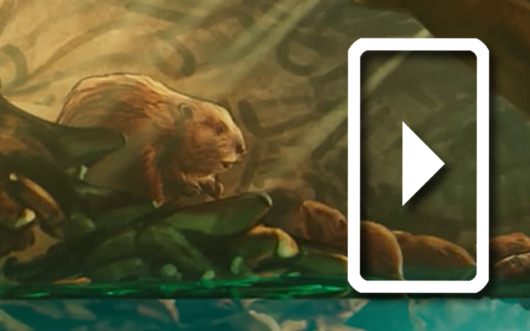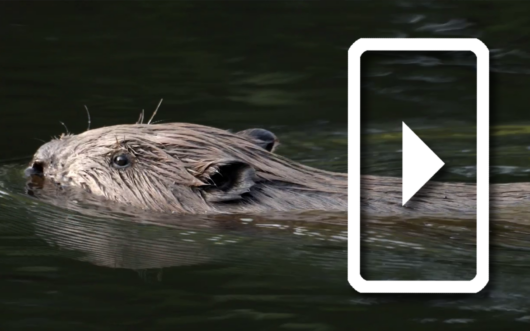When a habitat looks lush but is actually devoid of much of its native wildlife, it is sometimes called a green desert. A green desert might refer to a field planted with a single crop (called “monoculture”) or a forest planted with just one or several tree species. In both cases, the landscape appears green and vibrant but actually lacks the biodiversity — and interactions between species — that are necessary for a healthy ecosystem.
One example of this is in Brazil’s Tijuca National Park, a massive, tree-filled expanse in the heart of Rio de Janeiro. From a distance, this densely forested park looks like a wilderness, but on closer inspection, it is eerily empty of life. That’s because the park was the result of a reforestation campaign from the 1860s, which brought back the trees, but not the wildlife. Today, an organization called Refauna is reintroducing seed dispersers like agoutis, yellow-footed tortoises, and howler monkeys that will restore key ecosystem functions and improve forest health. The story of that reintroduction, and its importance for the forest’s future, is told in the Wild Hope episode Rewilding Rio.
Operation Rhino reestablished southern white rhinos across their historic range after they nearly went extinct, making it one of conservation's biggest success stories.
Insect-eating bats play an important role in their ecosystems, but their populations are in trouble. Here are a few ways to create bat habitat in your backyard.
Explore how conservationists in Brazil are reintroducing keystone species like agoutis, tortoises, and howler monkeys to restore seed dispersal and rainforest regeneration in Rio de Janeiro’s Tijuca National Park. This educator guide supports classroom discussion, NGSS-aligned learning, and hands-on opportunities for student engagement.
Explore how scientists in Brazil are working to save the golden lion tamarin from extinction by restoring forests, managing wild populations, and even developing vaccines to protect against deadly diseases. This educator guide supports classroom discussion, NGSS-aligned learning, and hands-on opportunities for student engagement.
In A Farm Goes Wild, farmer-turned-conservationist Derek Gow leads efforts to reintroduce beavers, water voles, and storks to the landscapes of Great Britain. This educator guide supports classroom discussion, NGSS-aligned learning, and hands-on opportunities for student engagement.
Explore how the scientists from the Maui Nui Seabird Recovery Project are working to save populations of declining shearwater seabirds. This educator guide supports classroom discussion, NGSS-aligned learning, and hands-on opportunities for student engagement.
Explore shows how collaboration, sustainable agriculture, and conservation can work hand in hand—benefiting both people and the natural systems they depend on. This educator guide supports classroom discussion, NGSS-aligned learning, and hands-on opportunities for student engagement.
Explore how cultural leadership, scientific collaboration, and ecological resilience can revive an entire watershed and strengthen the connection between people and place. This educator guide supports classroom discussion, NGSS-aligned learning, and hands-on opportunities for student engagement.
Explore how Mary Reynolds’ ARK movement empowers people everywhere to transform ordinary gardens into havens for native plants and wildlife. This educator guide supports classroom discussion, NGSS-aligned learning, and hands-on opportunities for student engagement.
Explore how engineer Alistair Law’s Vertical Meadow project bolts native wildflowers onto city buildings to create food and habitat for pollinators and birds. This educator guide supports classroom discussion, NGSS-aligned learning, and hands-on opportunities for student engagement.
Bob Hamilton is the Director of the Tallgrass Initiative for The Nature Conservancy in Oklahoma.
Jann Hayman is the secretary of natural resources for the Osage Nation.
Dr. Kathryn Beheshti is an assistant researcher at the University of California, Santa Barbara’s Marine Science Institute. Kat is a coastal marine ecologist that specializes in restoration ecology of salt marsh, seagrass, and kelp habitats.
Sea otters are back, and their return is a breath of fresh air for the waters of Monterey Bay.
Biocultural restoration is the practice of revitalizing both ecological systems and the cultures of communities connected to those ecosystems.
The Northwestern Band of the Shoshone Nation has been landless ever since they suffered the worst massacre in U.S. history in 1863. Over 150 years later, the Tribe has purchased their ancestral homeland with a vision to return it back to nature.
Brad Parry has served as the Vice Chairman for the Northwestern Band of the Shoshone Nation Tribal Council since 2017. He is employed by the Tribe as the Natural Resources Officer.
For the Shoshone people, Bear River has always been a lifeline — sustaining their culture, history, and way of life.
Building beaver dam analogs is restoring wetlands, slowing water flow, and creating the conditions needed for wildlife to return.
Brazil's Atlantic Forest is often shadowed by the vast Amazon, but it is just as biodiverse and at greater risk of vanishing without conservation action.
Innovative biochemist Pat Brown is the man behind the Impossible Burger. Now, he's set his sights on a rewilding project on a ranch in Arkansas.
Efforts to break our dependence on large-scale animal agriculture are real… and they're working on two fronts! First to create alternative options for protein that don't come from animals, and second, to transform defunct cattle ranches into revived forested ecosystems.
Scientist Pat Brown has made a name for himself in biochemistry, and more recently in the initiative to reduce humanity’s reliance on animal agriculture. Throughout his journey, he’s championed one particular philosophy: “Blast Ahead!”
Biology Pat Brown has influenced the fields of biochemistry, virology, and genomics throughout his career. Now, the renowned scientist sets his sights on the largest problem of all: climate change.
Bringing biodiversity back to a clearcut ranch in Arkansas is a daunting task, but the mission is clear: use trees and native plants as powerful tools for capturing and sequestering carbon.
When Pat Brown recognized that replacing the use of animals as a food technology could rapidly arrest global heating and reverse the global collapse of ecosystems and biodiversity, Pat founded Impossible Foods, a company that makes delicious, nutritious, affordable and sustainable meats directly from plants.
It was a late-career epiphany that led “wacky genius” Pat Brown to abandon his academic career and commit himself to fighting global warming and biodiversity collapse. He did it, against all odds, by developing a surprising product: the revolutionary and delicious plant-based Impossible Burger.
From leaving the leaves to making a pumpkin bird feeder, here are a few suggestions from wildlife experts for a sustainable spooky season.
Pawpaws are in season, ocean waves gain rights, and salmon can swim freely in the Klamath
In the northeastern part of India, the population of greater adjutant stork had declined to just 115 birds — until biologist Purnima Devi Barman launched a grassroots effort to do bring the species back from the brink.
The IUCN Red List of Threatened Species, often referred to simply as “the Red List,” ranks how close some 163,000 plants, animals, and other species are to extinction. Using the latest research, scientists assign a status to each listed species, ranging from “Least Concern” to “Endangered” to “Extinct.” The Red List was established in 1964 […]
Frog saunas could help fight chytrid, Iberian lynx are no longer endangered, and scientists in Hawaii are breeding heat-resistant corals.
Hope for Hawaiian honeycreepers, beavers in London, a snake's triumphant return, and rewilding on college campuses.
More than 35% of land in Belize is protected, and that’s been good for jaguars that live in these refuges — but for populations to thrive, the cats need to move from one safe area in the north to another in the south across a landscape of farms and towns.
With just a few changes, you can transform your yard or balcony from a wildlife desert into a wildlife sanctuary. And, if you convince your neighbors to do the same, you could even make your neighborhood into a habitat corridor for wildlife!
Wildlife corridors are an invaluable conservation tool. These ribbons of habitat connect landscapes fragmented by human development or roadways, giving animals the ability to roam in search of food, water, and mates.
Making and spreading seed balls (also called seed bombs!) like those seen in “Rebuilding a Forest” is a fun and easy way to kick-start a local rewilding project and help out native wildlife. Native flowers and grasses are essential building blocks that benefit the entire ecosystem — by attracting pollinators and providing the cover of […]
In Brazil’s Atlantic Forest, Mauricio Ruiz has turned his love for nature into action by working with the community to reforest a critical stretch of the nation’s most endangered forest, and by using drones to help him reach his goal of planting 15 million trees.
In order to scale up reforestation, Mauricio Ruiz and his organization ITPA have partnered with the drone fleet at MORFO. Each drone can plant up to 50 hectares of forest per day, which is 50 times faster than planting by hand.
Mauricio Ruiz grew up in the Atlantic Forest—one of the most biodiverse and threatened on Earth. At just 14 years old, he founded ITPA to fight back against rampant deforestation.
Planting native trees, grasses, and flowers is a great way to bolster biodiversity. Plants provide food and cover for animals and fungi, proving the foundation for healthy ecosystems.
Among the many benefits of healthy forests is their incredible ability to act as natural water filters. They do this in several ways. Leaves and branches in the forest canopy interrupt the fall of rainwater, slowing its progress and decreasing rainwater-driven erosion.
As a photographer, Rejane Duarte da Costa opened paths in her work in the environmental world as a field assistant and a hard worker. Seed collection and fire control were part of Rejane Duarte's daily routine until an opportunity arose to work in the nursery of the Instituto Terra de Protection Ambiental (ITPA).
Mauricio Ruiz is a political scientist and environmentalist renowned in Brazil. He is a winner of the Muriqui award, dedicated by UNESCO to personalities with great influence in the fight for biodiversity conservation.
In the past 40 years, golden lion tamarins became a symbol of conservation success when 150 zoos worldwide assisted a breeding and reintroduction program that brought their numbers in the wild from 200 to over 3700. Then, yellow fever jumped from humans to the primates and began to decimate their population—taking a third of the population in just two years.
Golden lion tamarins were nearly wiped out in the 1970s, but worldwide efforts by 150 zoos helped bring the species back from near-extinction. Today, local conservationists are expanding the forests in Brazil, and the wild population has grown from under 200 to now over 4800 tamarins!
Andreia started working with the conservation of the golden lion tamarin in 1983 as a volunteer in environmental education actions. In 1984, she became part of the golden lion tamarin reintroduction team. She is currently the coordinator of the field management of golden lion tamarins.
Zoos may be places where you can catch a glimpse of your favorite animal on a day out, but increasingly, they play an even more important role: as conservation institutions.
Smack-dab in the middle of Rio de Janeiro, stands the world’s largest urban rainforest…and it needs our help. To combat a century of deforestation and hunting, a team of researchers are repairing the forest’s forgotten web of life, one species at a time.
Plants can’t move on their own, so they usually need a little help to spread their seeds far and wide. Animals that scatter these seeds — often by eating the fruit and pooping out the remains — are known as seed dispersers.
Alexandra Pires is currently an associate professor at the Federal Rural University of Rio de Janeiro, where she teaches the subjects of Natural Resources Conservation and Fauna Management.
Marcelo Rheingantz is a biologist at the Institute of Biology, Federal University of Rio de Janeiro and Executive Director of Refauna. He has dedicated his research career to the ecology and conservation of vertebrate populations in Brazil and South America.
In 2010, Fernando launched the concept of refaunation, and from then on coordinated the Refauna project, which reintroduced populations of agoutis, howler monkeys and tortoises in the Tijuca National Park, in Rio de Janeiro.
To restore the park to its former glory, researchers knew which animals needed to be reintroduced: monkeys, rodents, tortoises, and even dung beetles all played crucial roles in keeping the forest healthy.
Agoutis are large, adorable rodents found in Central and South America – and they’re critical players in keeping forest ecosystems healthy.
Brazil is a trove of biodiversity — habitats like the Atlantic Rainforest, urban forests like Tijuca National Park, and more coastlines, rainforests, and rivers that are rich with endemic plants and wildlife.
Laura Bertholdis an Avian Research Field Supervisor at the Maui Forest Bird Recovery Project (MFBRP) assisting with planning and implementing research and management projects for native honeycreeper and forest recovery.
In addition to the impact of avian malaria, Hawai’i’s endangered honeycreepers are threatened by habitat loss and invasive predators — two problems that harm native bird populations everywhere, likely in your own back yard. Whether you’re looking to help Hawai’i’s birds, or if you’re hoping to make a difference to protect birds locally, the solutions […]
A group in Maui has restored a safe haven for endangered seabirds to come home and nest: it’s completely fenced-off from predators and restored with native plants, but the birds still need some convincing! The team is using decoy “neighbors” and audio recordings of bird calls to make the seabirds feel at home — and at long last, the colony is growing!
All around the world, seabirds provide a critical link between land and sea. On Hawai’i, ecologists are working to protect two vital shearwater species that helped life first take hold on these islands.
Some species at the center of conservation efforts — like seabirds — are inherently social animals. Scientists can take advantage of this affinity to woo them back to their old haunts — or to newer, safer nesting sites.
Florida manatees are in dire straits, having lost much of their available habitat and food sources in recent decades. Thanks to the work of Zoo Tampa and other researchers, the population is finally able to recover and return to the rivers they once called home.
Florida’s Crystal River used to be a rich seagrass ecosystem: a perfect source of food for the many manatees that once thrived there, before an invasive algae overtook the riverbed. Now, efforts to restore the habitat are underway – and they’re working!
Lisa Moore, a fourth-generation Floridian, is an entrepreneur and philanthropist dedicated to the efforts to preserve, protect, and restore environmental resources.
Jessica Maillez is the Senior Environmental Manager at Sea and Shoreline. She has designed, permitted, and managed multiple large scale restoration projects along Florida’s coastline.
The United Kingdom and Ireland might not seem like the wildest places on Earth, but a growing popular movement here, known as rewilding, seeks to reverse millennia of environmental degradation.
Derek Gow has turned his farm into a breeding center to help rewild all of Britain. He’s raising rare white storks, native harvest mice, water voles that can help restore wetlands throughout the country.
Derek Gow has helped bring beavers back to Britain, and their impact on local landscapes and biodiversity has been immense. Now, he’s scaling up a breeding program to export another wetland engineer—the water vole—all across the country.
For years, Derek Gow worked his 400-acres in western England as a conventional sheep and cattle farm. Now, he’s using his experience with British rewilding projects to return his land to what it once was: a healthy, biodiverse ecosystem.
Pete Cooper is a wilding ecologist at the Derek Gow Consultancy, where he works on a variety of species reintroduction and rewilding projects. He leads a project trialing the captive breeding and reintroduction of glowworms, as well as working closely on reintroduction projects for other species including the harvest mouse, wildcat and turtle dove.
Derek Gow is a farmer, nature conservationist, and the author of Bringing Back the Beaver. He lives on a 300-acre farm on the Devon/Cornwall border, which he is in the process of rewilding. Derek has played a significant role in the reintroduction of the Eurasian beaver, the water vole and the white stork in England.
Often the first and most effective strategy to healing a landscape is to pay attention to how ancestral wildlife, like native plants and animals, once shaped and strengthened these natural spaces.
In 2021, an Oregon farmer decided to convert his 400-acre farm back to the wetland habitat. Now, just two year later, the new wetland supports migrating waterbirds and endangered fish.
Captive breeding is a technique used by conservationists to help imperiled wild species reproduce in a safe and stable environment.
Engineer Alistair Law explains his idea for a Vertical Meadow, and the way they bring food and habitat to a range of wildlife within the city.
Scarlett Weston is helping to establish “B-Lines” to create stepping stones for pollinators and other wildlife to move through London and across Britain.
As urban expansion quickly replaces natural habitats, façade engineer Alistair Law has discovered a new way to restore native ecosystems for pollinators and create natural spaces for us all within cities – by turning the walls of buildings into meadows.
Helping nature take root in cities can often require creativity, dedication, and planning — but when done well, these small patches of greenery provide a necessary patchwork of native plantlife for pollinators that are most in need of our support!
Alistair Law is the founder of Vertical Meadow, an organization that has developed an innovative new approach to growing plants vertically both for temporary and permanent applications.
After decades of fighting to regain ownership of their ancestral lands, the Winnemem Wintu Tribe marked this year’s Indigenous People’s Day with the purchase of 1,080 acres of land along the McCloud River in northern California.
These students in Ireland, like many young people around the world, are finding a way to act in the face of climate change and biodiversity loss: by building an ARK and rewilding a small patch of nature.
Whether you have a small yard, a hundred open acres, or just a flowerbox on a windowsill, there are a few easy steps that anyone can take to turn available land into an natural garden that protects biodiversity.
Amid collapsing biodiversity worldwide, Mary Reynolds of Ireland is building a movement to turn gardeners into guardians of the planet by returning our own patch of land to nature, and by restoring hope that individual action can create lasting change.
Cutting down most or all trees in an area of forest is known as deforestation. Typically, these trees are felled for timber or to clear land for agriculture or urban development.
Rewilding initiatives are growing in popularity in places with degraded or disturbed landscapes whose ecosystems have lost many of their endemic species.
By focusing on weeding invasive plants, reintroducing native species, and letting nature reclaim a foothold, any patch of wild — big or small — can become a bastion for biodiversity.
Mary Reynolds is a reformed and internationally-acclaimed landscape designer who launched her career by achieving a gold medal for garden design at the Chelsea flower show in 2002, the story of which was made into a 2016 movie called “Dare to be Wild”.
A group of women in Mozambique risked their lives to save thousands of coffee plants they knew would bring a better life for their families—and help restore a watershed that people and wildlife depend on.
A man in Mozambique helps local farmers grow native trees to provide shade to the coffee crops they depend on—and restore a rainforest for people and wildlife alike.
Marcos Bera Chova is the manager of the reforestation and honey programs on Mount Gorongosa. He joined Gorongosa National Park in 2012 as a reforestation specialist and forest technician.
Gorongosa National Park and its surrounding buffer zone span 10,000 square kilometers in central Mozambique. After a quarter century of civil war and political turmoil following Mozambique’s fight for independence in 1975, more than 95% of the large mammals were wiped out within the park. The entire park ecosystem was on the precipice of collapse. […]
To save Gorongosa National Park's wilderness, these teams are trying something new: encouraging people to plant a cash crop—shade-grown coffee—that actually depends on restoring the forest to thrive.
At Gorongosa National Park, scientists are determined to understand how an ecosystem recovers from the decimation of war.
The communities around Gorongosa National Park have been investing for decades in eco-friendly agriculture (like sustainable, shade-grown coffee), as well as research-driven wildlife management and the building of an economic framework that supports both the Park's natural ecosystem and its surrounding communities.
The division of a large, continuous habitat into smaller, disconnected patches, through natural disasters like fire or human activity like road-building is known as habitat fragmentation.
A century-long campaign to take down the Elwha River dams climaxed in 2011with the largest dam removal project in history. Now, a decade later, Native American scientists and colleagues are chronicling an inspiring story of ecological rebirth.
Bioblitzes are quick to set up, fun for kids and adults of all ages, and educational for anyone with an interest in understanding local wildlife. But the observations are important for scientists, too!
Wetlands protect coastlines, replenish drinking water, and may even combat climate change.
People are setting fire to pine forests in North Carolina to help protect an endangered woodpecker, and many other creatures as well.
On an army base in North Carolina, soldiers and scientists have turned their conflict over an endangered species into collaboration—and conservation success.
The lodges and wetlands that beavers build aren’t just places for their families to live and sleep (and snore!) — they’re havens where many wild creatures can thrive.
Beavers are back in England for the first time in 400 years, and their dams are already protecting villages from flood and helping farmers in times of drought.
